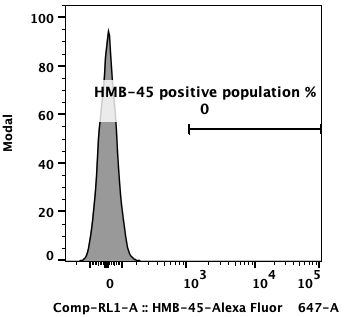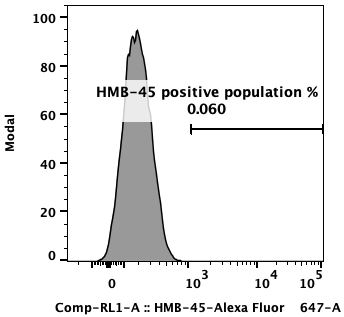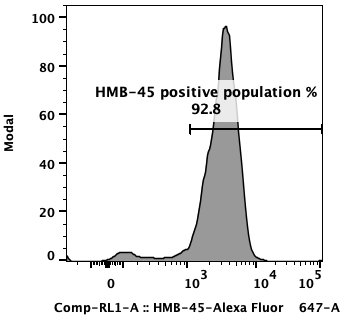Featured Products
- In-Stock Tumor Cell Lines
- Human Orbital Fibroblasts
- Human Microglia
- Human Pulmonary Alveolar Epithelial Cells
- Human Colonic Fibroblasts
- Human Type II Alveolar Epithelial Cells
- Human Valvular Interstitial Cells
- Human Thyroid Epithelial Cells
- C57BL/6 Mouse Dermal Fibroblasts
- Human Alveolar Macrophages
- Human Dermal Fibroblasts, Adult
- Human Lung Fibroblasts, Adult
- Human Retinal Muller Cells
- Human Articular Chondrocytes
- Human Retinal Pigment Epithelial Cells
- Human Pancreatic Islets of Langerhans Cells
- Human Kidney Podocyte Cells
- Human Renal Proximal Tubule Cells
Primary Cells
Explore Products



 INS-1 is a rat insulinoma cell line that was originally isolated from pancreas tissue of the x-ray-induced insulinoma in a 2-year-old male rat. INS-1 exhibits the beta-cell-like morphology and adherent culture properties. These cells express a high level of insulin and are sensitive to glucose fluctuations. The INS-1 cells are heterogeneous, consisting of both mature insulin-positive cells and immature bi-hormonal cells that co-express insulin and glucagon. Therefore, INS-1 is a suitable cell line to investigate pancreatic islet beta-cell function and diabetes.
INS-1 is a rat insulinoma cell line that was originally isolated from pancreas tissue of the x-ray-induced insulinoma in a 2-year-old male rat. INS-1 exhibits the beta-cell-like morphology and adherent culture properties. These cells express a high level of insulin and are sensitive to glucose fluctuations. The INS-1 cells are heterogeneous, consisting of both mature insulin-positive cells and immature bi-hormonal cells that co-express insulin and glucagon. Therefore, INS-1 is a suitable cell line to investigate pancreatic islet beta-cell function and diabetes.


